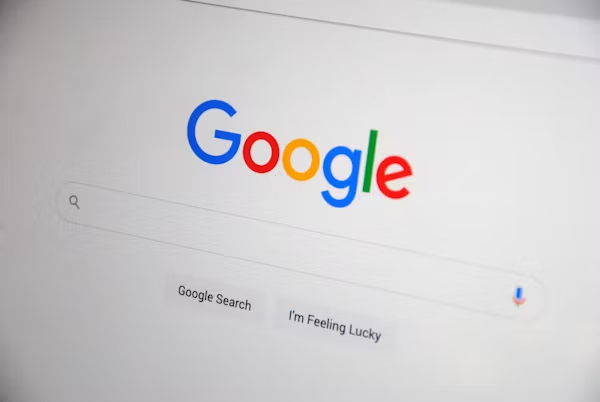Google has launched a new artificial intelligence feature within its search engine that allows users to interact with the search bar in a more natural, chat-style format. The feature, called AI Mode, went live in the United States on Tuesday and marks a major shift in how people use Google Search.
This upgrade, announced during Google’s developer conference in Mountain View, aims to keep the company ahead of growing competition from AI platforms like ChatGPT. With more users turning to conversational AI for answers, Google is now integrating similar features to maintain its dominance.
“With better reasoning abilities, users can now ask AI more detailed and complex questions,” said Sundar Pichai, CEO of Google’s parent company, Alphabet, during his keynote speech.
Google is also working on several other projects, including new smart glasses and a paid AI subscription service.
What AI Mode Means for Users
With AI Mode, users type questions into the search bar and receive direct, conversational replies instead of clicking through multiple websites. The feature acts like a smart assistant, giving quick summaries, solving problems, and even suggesting next steps.
The goal is to save users time and reduce how many links they need to click.
Leo Gebbie, an analyst at CCS Insight, noted, “This update means people can get straight to the answers they need, without scrolling through several pages.”
This change also supports Google’s broader strategy to reshape how search works, especially as AI search tools become more common.
Google Re-Enters Smart Glasses Race
Alongside AI Mode, Google introduced a new version of smart glasses. These glasses will include microphones, speakers, and a built-in camera.
Google is teaming up with brands like Warby Parker and Gentle Monster to design the new eyewear. Development is expected to begin later this year.
This effort revives Google’s interest in wearable tech, following the failure of its first attempt—Google Glass—over a decade ago.
Google’s new eyewear will compete with Meta’s Ray-Ban smart glasses, which already use AI to help users take photos and interact with the internet.
Changing the Way Google Makes Money
While AI Mode offers a better user experience, it may impact Google’s business. Most of Google’s revenue comes from ads tied to search results. If users stop clicking on websites, those ad views may drop.
Cory Johnson, a tech strategist at Epistrophy Capital Research, explained, “Google answers queries faster now but attracts fewer clicks—and those clicks fuel their income.”
Even though AI Mode can answer complex questions quickly, fewer clicks might lead to changes in Google’s ad-based income model.
Google Faces Legal and Technical Challenges
Google’s AI push also comes at a sensitive time. The company is facing a monopoly lawsuit in the United States, where a judge recently said Google has unfair control over the search market.
Meanwhile, some of Google’s earlier AI features faced public backlash. Last year, its AI Overviews tool—which shows AI-written summaries at the top of results—gave some strange and false answers.
One suggestion told users to use glue to stick cheese to pizza. Another said humans should eat one rock per day. Google said these were rare errors, but they went viral and hurt trust in the system.
Despite the rocky start, Pichai said AI Overviews now handles over 1.5 billion queries per month in more than 200 countries. He added that in India and the United States, the feature supports over 10% of all relevant queries, making it one of the most successful launches in recent memory.
As Google rolls out AI Mode and invests in wearable tech, it shows that the company is fully committed to the next wave of smart technology. These features are designed to keep users engaged—and to make search faster, smarter, and more helpful.
More updates are expected soon, including international rollouts and expanded use of AI in Google’s services.


